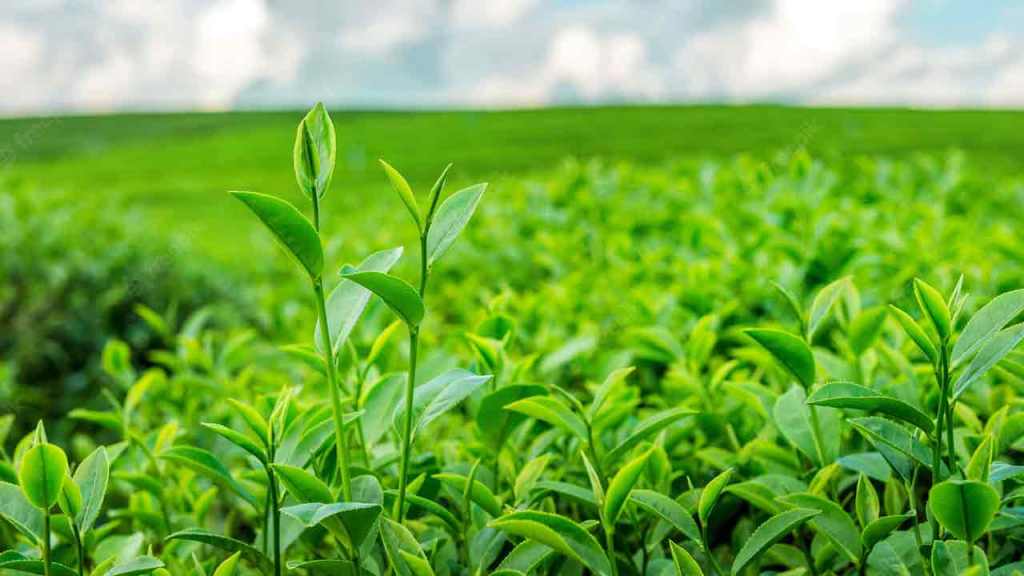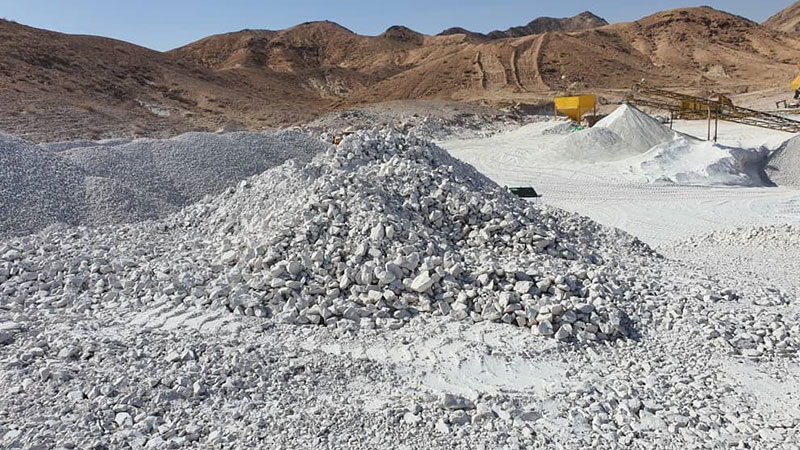In the vast landscape of agriculture, where innovation is key, one substance has proven to be a game-changer over the years – kaolin. Derived from the mineral kaolinite, kaolin has a rich history of use in agriculture, with its modern applications contributing significantly to soil health and crop yield. Let’s delve into the multifaceted benefits of kaolin in contemporary farming practices.
How does Kaolin benefit Soil?
Improving Soil Structure
Kaolin plays a crucial role in enhancing soil structure. Its fine particle size promotes aggregation, leading to better aeration and drainage. This, in turn, creates an optimal environment for root development.
Enhanced Water Retention
A boon for water-stressed regions, kaolin’s ability to improve water retention in the soil is noteworthy. By forming a protective layer on the soil surface, it reduces evaporation, ensuring that water is utilized more efficiently by plants.
pH Regulation for Optimal Growth
Maintaining the right soil pH is vital for nutrient availability. Kaolin acts as a pH buffer, helping to regulate acidity or alkalinity, creating a balanced environment for plant roots to thrive.
Kaolin as a Natural Pest Control
Deterring Insect Infestations
Kaolin serves as a natural deterrent against pests. When applied as a foliar spray, it creates a physical barrier on leaves, making it difficult for insects to feed and lay eggs, thus reducing the risk of infestation.
Protection Against Fungal Diseases
Fungal diseases pose a constant threat to crops. Kaolin’s film-forming properties act as a protective shield, preventing fungal spores from establishing on plant surfaces.
Sustainable Alternative to Chemicals
With a growing emphasis on sustainable agriculture, kaolin presents itself as an eco-friendly alternative to chemical pesticides. It offers effective pest control without the environmental drawbacks associated with synthetic chemicals.
Application Methods
Soil Incorporation
One common method of applying kaolin involves incorporating it into the soil during cultivation. This ensures even distribution, providing long-term benefits to soil structure and water retention.
Foliar Spraying Techniques
For pest control and protection against diseases, foliar spraying is a preferred technique. It creates a visible film on plant surfaces, acting as a deterrent to pests and diseases.
Dosage Considerations
Determining the right dosage of kaolin is crucial. Factors such as soil type, climate, and crop variety influence the optimal amount for effective results without causing negative impacts.
Kaolin’s Impact on Crop Yield
Case Studies and Research Findings
Several studies showcase the positive impact of kaolin on crop yield. Increased yield, improved quality, and enhanced resistance to environmental stressors are commonly reported outcomes.
Improved Drought Resistance
Kaolin’s water retention properties contribute to better drought resistance in plants. This is particularly valuable in regions prone to water scarcity or irregular rainfall patterns.
Increased Nutrient Absorption
The enhanced soil structure provided by kaolin facilitates better nutrient absorption by plant roots, leading to healthier and more productive crops.
Challenges and Considerations
Environmental Impact
While kaolin offers numerous benefits, its environmental impact must be considered. Runoff and potential accumulation in water bodies are factors that need careful assessment.
Potential Residue Issues
Residue on crops is a concern for some consumers. Research is ongoing to address residue-related issues and find ways to minimize any potential impacts on food safety.
Integration with Other Agricultural Practices
Farmers need to integrate kaolin application seamlessly with other farming practices. Understanding its compatibility with fertilizers and other inputs is essential.
Sustainable Farming Practices with Kaolin
Kaolin and Organic Farming
Kaolin aligns well with organic farming principles, providing a natural solution for pest control and soil improvement without synthetic chemicals.
Kaolin in Precision Agriculture
In precision agriculture, where efficiency is paramount, kaolin’s role in optimizing soil conditions and protecting crops aligns with the goals of precision farming.
Kaolin’s Role in Climate-Smart Agriculture
Climate-smart agriculture focuses on sustainability and resilience. Kaolin’s contributions to soil health and crop protection position it as a valuable asset in climate-smart farming.
Real-world Success Stories
Testimonials from Farmers
Farmers worldwide share success stories, crediting kaolin for increased yields, improved crop quality, and reduced dependency on chemical inputs.
Economic Benefits
Beyond its impact on crops, kaolin contributes to the economic well-being of farmers by reducing production costs and increasing overall farm efficiency.
Community Impact
The adoption of kaolin in agriculture has positive ripple effects on local communities, fostering sustainable and environmentally conscious farming practices.
Future Trends and Research
Ongoing Studies on Kaolin in Agriculture
Ongoing research explores new facets of kaolin’s impact on agriculture, from its interactions with specific crops to innovative application methods.
Innovations in Kaolin Application
Technological advancements continue to refine how kaolin is applied, making it more accessible and effective for farmers.
Collaborations and Industry Partnerships
Collaborative efforts between researchers, farmers, and industry stakeholders aim to unlock the full potential of kaolin in agriculture through knowledge-sharing and innovation.
Frequently Asked Questions
How often should I apply kaolin to my crops?
The frequency of kaolin application depends on factors like climate and crop type. Generally, regular applications during key growth stages are recommended.
Is kaolin safe for organic farming?
Yes, kaolin is considered safe for organic farming, offering a natural alternative for pest control and soil improvement.
Can kaolin be used in hydroponic systems?
While kaolin is traditionally applied to soil, some experiments suggest its potential use in hydroponic systems, though further research is needed.
What crops benefit the most from kaolin application?
Various crops benefit from kaolin, including fruit trees, vegetables, and row crops. Research indicates positive outcomes in terms of yield and quality.
Are there any side effects of using kaolin in agriculture?
While generally safe, excess kaolin residue on crops might raise concerns. Proper dosage and application methods can help mitigate any potential side effects.
Conclusion
In the ever-evolving landscape of agriculture, kaolin emerges as a versatile and sustainable solution for boosting crop yield and enhancing soil health. Its multifaceted benefits, from improving soil structure to acting as a natural pest control, make it a valuable asset for modern farming practices.




Leave a comment